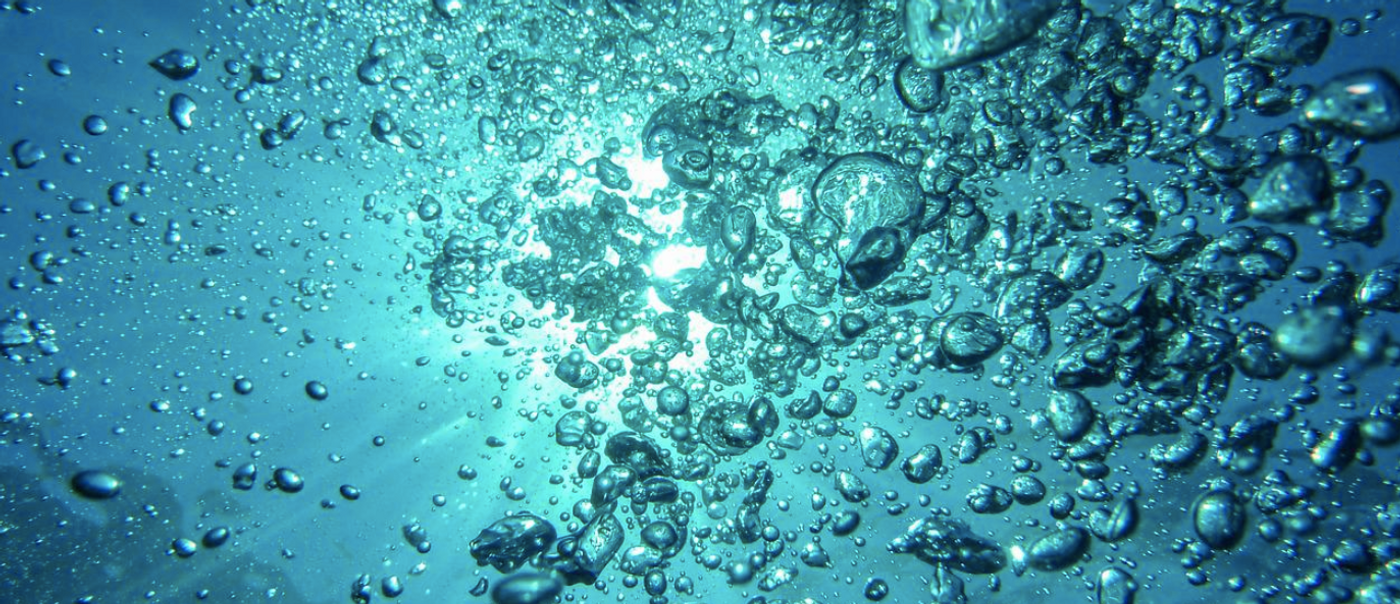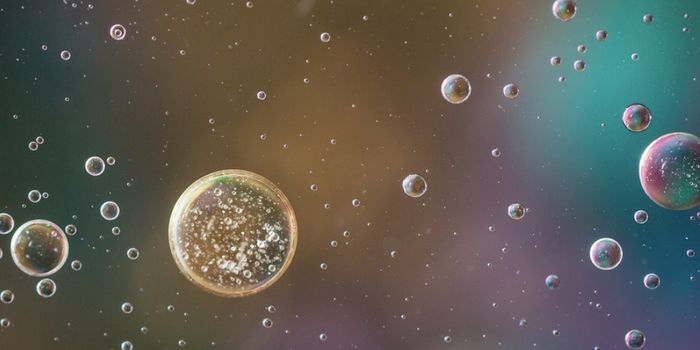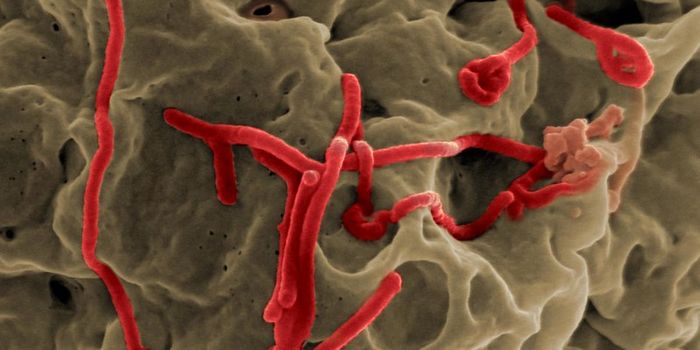Unleashing the Genetic Power of Ocean Microbes
By analyzing over 1,000 samples of the marine environment, researchers have reconstructed the genomes of 25,000 novel microorganisms. This data has revealed thousands of gene clusters in a new family of marine bacteria that point the way to new compounds, which could have applications in a variety of fields.
This new family of bacteria is part of a phylum called Eremiobacterota, which had been thought to only live on land. But this work, reported in Nature, has clearly shown otherwise, as "these bacteria are ubiquitously and abundantly distributed throughout the ocean water column," noted co-corresponding study author Shinichi Sunagawa, a professor at ETH Zürich. The research was made possible by the Tara Oceans campaign, which gathered all of the samples used in the study.
The Tara Oceans expedition ran from 2009 to 2013. Scientists traveled to different ecosystems around the oceans of the world, collecting water and environmental data. It has helped us learn more about plankton as well as the cornucopia of organisms including viruses, prokaryotes and eukaryotes that live in the sea Samples that were taken during the trip were analyzed later in various ways, including with imaging and DNA sequencing tools. There is so much data from the effort, the archives are open for researchers to explore, use, and analyze.
Though Eremiobacterota have only now been shown to exist in the ocean, first study author Lucas Paoli, ETH Zürich researcher, noted that they may comprise up to six percent of all the bacteria in some parts of the ocean.
This research has highlighted how little we know, and how much we still have to learn about marine microbes, though new technologies and expeditions are helping to change that, added study co-author Josep M. Gasol of the Institut de Ciències del Mar (ICM-CSIC).
The study authors also characterized two of the novel biosynthetic gene clusters that were revealed by this work, one for phospeptin and the other, pythonamide. The investigators noted that the enzymology and structure of the bioactive compounds was unusual.
"Thanks to the integration of thousands of microbial genomes from different expeditions, it has been possible to investigate which microorganisms have great genetic potential, which will serve to explore new bioactive molecules," said study co-author and ICM-CSIC researcher Silvia G. Acinas. "Some of them could be used in new therapies, while others could help to improve certain biotechnological processes, and by extension, our life quality in the future."









